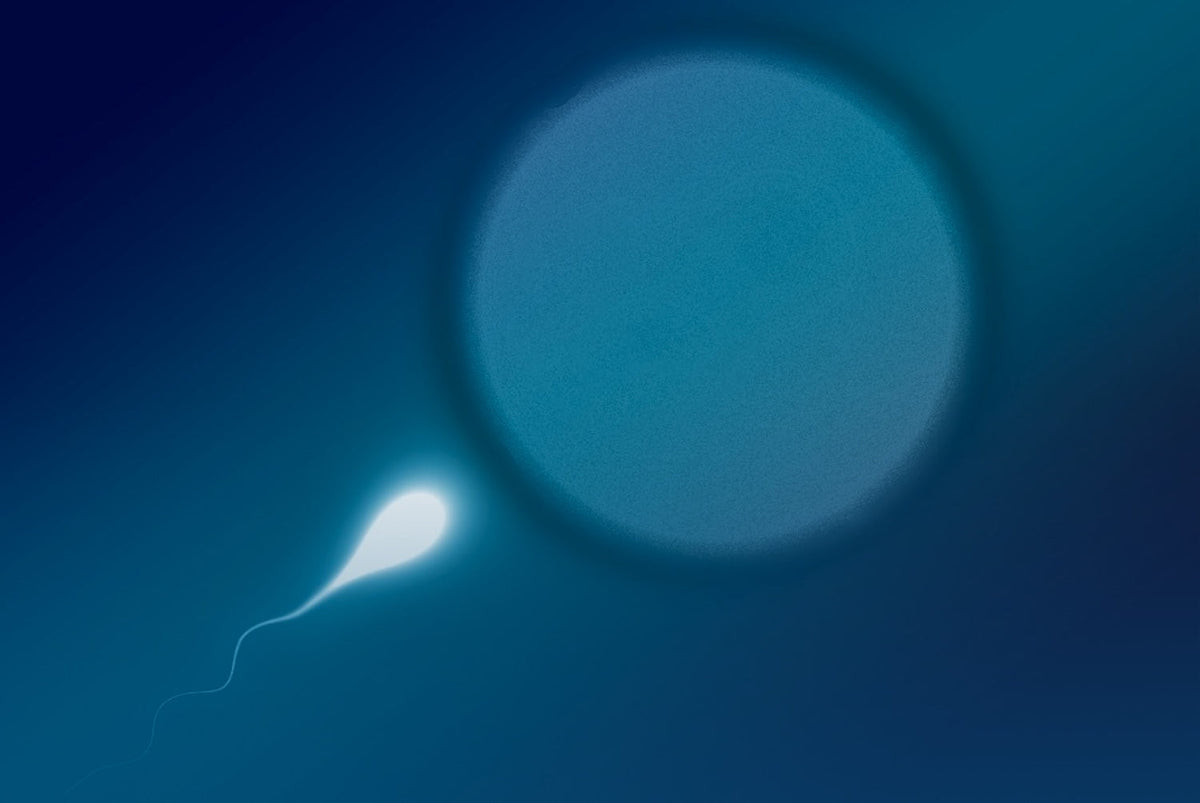

The miracle of life begins with the union of an egg and sperm, an intricate dance of biology that has fascinated scientists and researchers for centuries. While much attention is often paid to the egg, the journey of sperm development is equally remarkable and essential. In this article, we embark on a voyage through the stages of sperm development, uncovering the fascinating processes that lead to the creation of these tiny but mighty cells.
Stage 1 of Sperm Development: Spermatogenesis Initiation
The journey of sperm development begins in the testes, where specialized cells called spermatogonia reside. These cells undergo a process known as spermatogenesis initiation, stimulated by hormones such as follicle-stimulating hormone (FSH) and testosterone. During this stage, spermatogonia undergo mitotic divisions, producing more of themselves to sustain the supply of germ cells for spermatogenesis.
Stage 2 of Sperm Development: Meiosis I
Following spermatogenesis initiation, selected spermatogonia transition into primary spermatocytes, marking the onset of meiosis I. Meiosis is a specialized type of cell division crucial for sexual reproduction, resulting in the formation of haploid cells containing half the genetic material of the parent cell. During meiosis I, homologous chromosomes pair up and exchange genetic material through a process called crossing over, enhancing genetic diversity. Primary spermatocytes undergo two successive divisions, resulting in the formation of secondary spermatocytes.

Stage 3 of Sperm Development: Meiosis II
Secondary spermatocytes, each containing a haploid set of chromosomes, progress into meiosis II. Unlike meiosis I, meiosis II resembles a typical mitotic division, where sister chromatids separate, resulting in the formation of four haploid spermatids. These spermatids, though genetically unique, are still immature and undergo further morphological and structural changes to mature into functional spermatozoa.
Stage 4 of Sperm Development: Spermiogenesis
Spermiogenesis is the final stage of sperm development, during which spermatids undergo a series of profound transformations to become spermatozoa. This intricate process involves extensive remodeling of cellular structures, including the formation of a flagellum for motility, condensation of the nucleus, and reshaping of organelles such as the Golgi apparatus and mitochondria. Additionally, excess cytoplasm is shed, resulting in a streamlined structure optimized for fertilization.
Stage 5 of Sperm Development: Spermiation
The culmination of spermiogenesis is marked by spermiation, wherein mature spermatozoa are released from the supportive Sertoli cells into the lumen of the seminiferous tubules. These newly formed spermatozoa, equipped with specialized structures and motility, navigate through the male reproductive tract, awaiting their moment of destiny – fertilization.
Conclusion
The journey of sperm development is a testament to the complexity and elegance of nature's design. From the initial division of spermatogonia to the emergence of fully formed spermatozoa, each stage is finely orchestrated to ensure the production of viable and functional male gametes. Understanding the intricacies of sperm development not only sheds light on fundamental biological processes but also holds significant implications for fertility research and reproductive medicine. As we unravel the mysteries of spermatogenesis, we gain deeper insights into the miracle of life itself.




